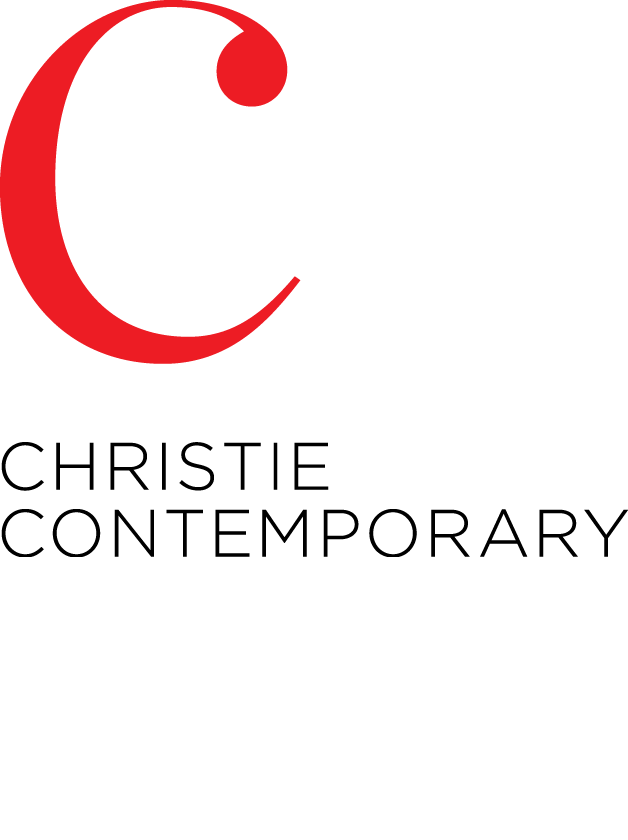Christie Contemporary is pleased to present Hybrids: One Work with Footnote, a solo exhibition of work by Therese Bolliger, opening Friday, April 28 and continuing until June 3.
Throughout the body of work entitled Hybrids: One Work with Footnote (2015–2017) an image and a text are paired like a series of pages in a book. These pairings emphasize the connections to reading an artwork and the process by which it may be deciphered. Umberto Eco differentiated between “decoding” and “aberrant decoding,” an interpretation of a work that is different from what was intended. The notion of a footnote is key in that it points to something tangential but significant in its differentiation between it and the main text. Footnotes may introduce a speculative element or an element of doubt that necessitates its separation from the main body of the text. It is this quality of uncertainty in terms of establishing credibility for an argument that brings an additional layer of meaning to potential interpretations.
Hybrids: One Work with Footnote, a series of works that each reference one specific work by an artist may be a close reflection of an original piece or may remain only partially recognizable through association. Individual works by Gego, Bethan Huws, Gabriel Orozco, Luc Tuymans and Joyce Wieland are identified. Bolliger refers to this process as generating “a construct of approximation.” Whether partially remembered or deliberately tending toward a narrower interpretation, each artwork is the visual result of what lies between the artwork and the memory of it. Barthes’ concept of the punctum comes to mind, each image an attempt at manifesting that key, but elusive point of connection. Hybrids: One Work with Footnote involves considerations of Reception Theory, the complex nature of the interpretive space between author, artwork and reader.
Engaging in a discussion about an artist’s oeuvre involves providing a broader context of art historical, theoretical, philosophical, literary and cultural interpretation. The act of highlighting important practices by specific artists imparts the notion of influence as a sustained discourse an artist has with the artworks of others.
— Shannon Anderson
THERESE BOLLIGER (b. Walde, Switzerland; lives and works in Toronto) attended the Schools of Visual Art in Basel and Bern, Switzerland. She has exhibited widely throughout Canada and internationally. Recent exhibitions include The Green of Her, curated by Daniella Sanader, Oakville Galleries, 2016; and Ueberzeichnen: Von Basel Aus, Kunsthaus Baselland, Switzerland, 2015. Her work is in the permanent collections of Hart House, University of Toronto, Toronto; The Donovan Collection, University of St. Michael’s College, Toronto; Oakville Galleries, Oakville, ON; and Kamloops Art Gallery, Kamloops, BC.


